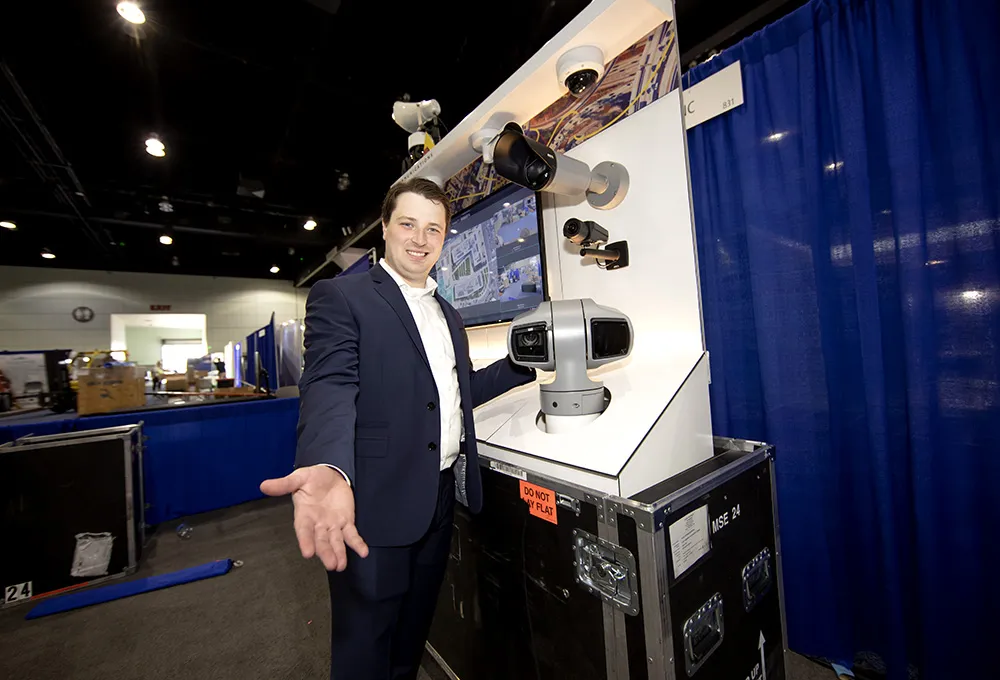When coupled together, Axis Communications’ surveillance products and Citilog’s advanced analytics can be used to identify traffic incidents and deviations in real time to help traffic management centres improve traffic flows and shorten response times. By automatically detecting disturbances and supplying relevant real-time traffic data, this can make each stage of the incident management chain more effective.
Visitors to the Axis booth will see a demonstration of Axis Q8685-E PTZ Network Camera, a highly responsive and reliable positioning camera, designed for continuous and jerk-free pan/tilt movements (360° endless and 135° from ground to sky). It provides HDTV 1080p video quality, 30x zoom, WDR - forensic capture, focus recall, and Axis’ Zipstream.
Citilog will be demonstrating its offerings, which can analyse advanced traffic statistics and provide solutions for traffic lights and intersection control. The solutions can help to minimise congestion, gridlock and environmental impact. Alarms can be generated for incidents and traffic saturation detection, enabling traffic operators to redirect traffic and thereby adjust efficiency.
Booth 135








